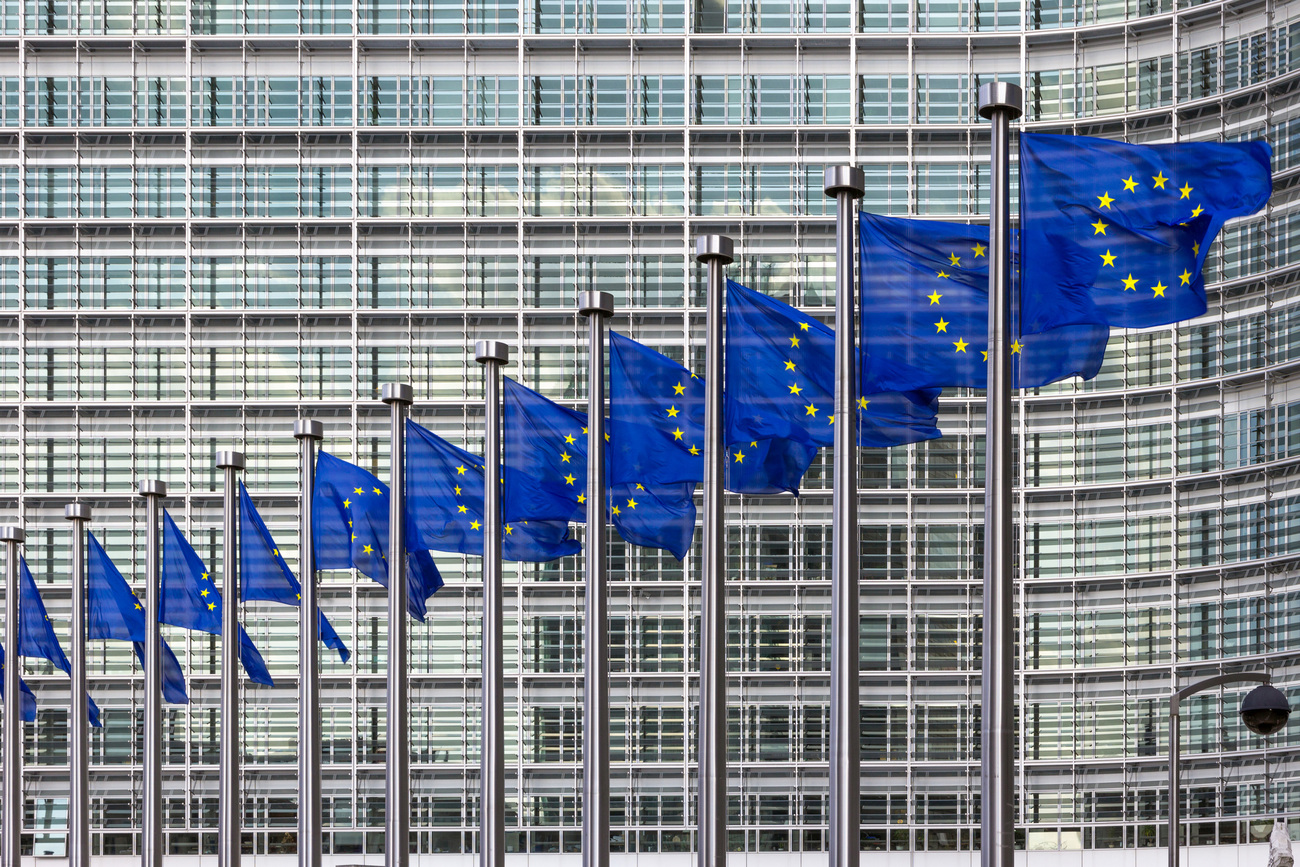Wildlife Crime Prevention - Europe
The European Union is widely considered to be the third largest destination for illegal wildlifeEuropean Commission guidance: no more raw ivory exports
European Commission guidance: no more raw ivory exports

A guidance document adopted today by the European Commission recommends that, as of 1 July 2017, EU Member States stop issuing export documents for raw ivory with some exceptions related to scientific and educational specimen, such as museum collections. Furthermore, in the case of China and the US, additional restrictions/controls may apply in relation to re-exportation of ivory to these countries as they have stricter measures in place.
Today's decision, anticipated in the EU Action Plan against Wildlife Trafficking, is indeed a great step ahead for the European Union, further nudged by the Chinese request for the EU to take sturdier steps to tackle illegal ivory trade.
In addition to the guidelines, the European Commission will give €2.25 million to the Secretariat of the Convention on International Trade in Endangered Species of Wild Fauna and Flora (CITES) to support the implementation of the decisions made at the last Conference of the Parties last October, 2016 in Johannesburg.
The Commission declared that the adoption of guidance on ivory trade is a response to calls from the European Parliament and civil society. The Commission will gather data and consult with stakeholders and the public to see if further restrictions on ivory trade, such as worked ivory, are necessary.
Meanwhile, the Commission also released a guidance document on the definition of “worked specimens.”
Currently, in Europe, worked, or carved, items acquired before 1976 can be exported with a certificate. It is up to the person wishing to export the items to provide evidence; if no evidence is available then no export document will be delivered by the exporting EU Member State. Items produced before 1947 are considered “antique” and do not need a certificate at all provided that the age of the object can be established.
IFAW advocates that elephant poaching and ivory trafficking won’t stop while ivory continues to be sold legally and therefore calls for further restrictions including those on worked ivory.
Indeed, an analysis of the CITES Trade Database export data for elephant ivory and ivory products for 2006–2015 reveals that the EU is the single largest exporter of ivory items, and the largest importers are China and Hong Kong SAR of China. What’s more, EU ivory exports have increased drastically in recent years.
Data from the Hong Kong government confirms the dramatic increase in imports of worked ivory pieces from the EU from 1,572 pieces in 2014 to 10,761 pieces in 2015. Furthermore, much worked ivory lacks proper documentation, and there are suspicions that newer ivory may be making its way into the European market.
IFAW has been working together with other NGOs in Europe and has met regularly with the Commission to present evidence that led to this decision. We will continue our work in the following months to advocate that further restrictions are needed via a consistent, mandatory and permanent ban on all ivory re-exports.
Related content
Every problem has a solution, every solution needs support.
The problems we face are urgent, complicated, and resistant to change. Real solutions demand creativity, hard work, and involvement from people like you.